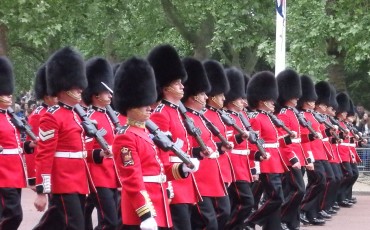Search Results
Blog Posts
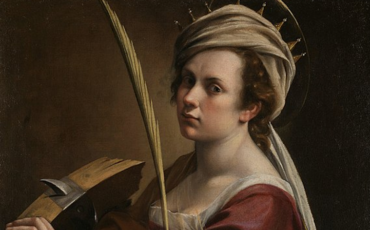
Happy 200th Birthday to The National Gallery in London
The main impetus for the founding of The National Gallery was the purchase, by the British government, of thirty-eight paintings – including masterpieces by Rembrandt, Rubens and Titian - from the collection of John Julius Angerstein, a successful banker and marine insurance broker born in St Petersburg to German parents. When the gallery first opened to the public, in May 1824, it was housed in Angerstein’s former home at 100, Pall Mall.
Read more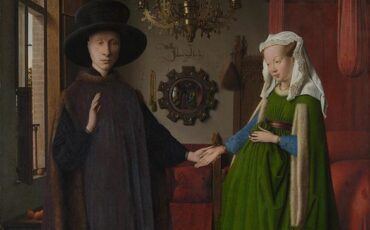
10 Things That May Surprise You About Works of Art at The National Gallery, London
In 1824 the House of Commons agreed to pay £57,000 for the art collection of the wealthy banker John Julius Angerstein. His 38 pictures became the core of a new national collection. Great encouragement came from another collector, Sir George Beaumont, who donated 16 paintings to the new gallery and in 1838 the National Gallery in Trafalgar Square finally opened its doors.
Read more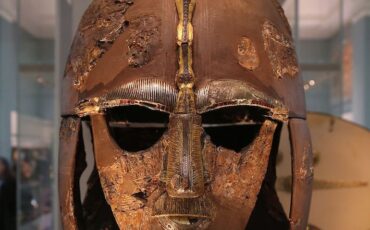
Sutton Hoo, Treasure Of The British Museum And Inspiration Behind The Dig Film
As a Blue Badge tourist guide in London, I am very familiar with the story behind the film The Dig. When giving a tour of the British Museum where the result of the famous excavation is displayed, it is usually a real highlight for visitors, both young and old. Let me tell you a little more about this amazing archaeological adventure story.
Read more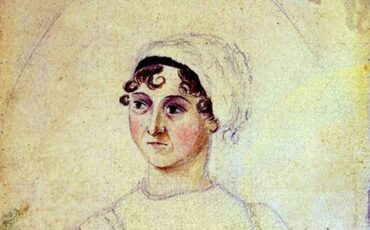
Jane Austen Goes To London
Although born in the Hampshire village of Steventon, the author of novels such as Pride and Prejudice and Sense and Sensibility had many reasons to visit London during her life. In fact, many of the sites Jane Austen visited served as direct inspiration for descriptions of fashionable neighbourhoods where characters such as Mrs Jennings from Sense and Sensibility live.
Read more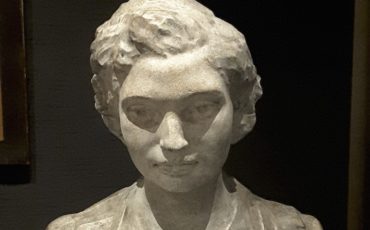
8 Exceptional Women At The British Museum in London
Did you know that the word museum means a “Temple to the Muses”, all of whom were female? The British Museum in London is a museum of world history, but all too often that history has ignored half of the world. This is true even though women have wielded power in a variety of ways. In ancient Greece, Aristotle believed it was the natural order of things for women to be subordinate to men, that men were more virtuous, brave and intelligent. He also believed that men's blood was hotter than women's blood! Well, on both counts, he was wrong of course.
Read more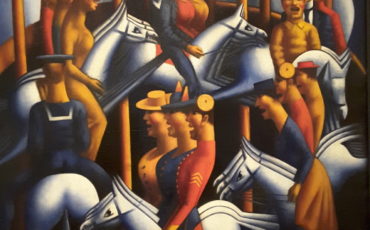
Top 10 Reasons Why A Tour of Tate Britain In London Should Be On Your Bucket List
The art-loving and generous founder of the Tate, sugar magnate Henry Tate, collected contemporary British art. He knew what he liked; pictures (some say sentimental) that told a story, animal subjects, and landscapes. He bought works by Millais, Stanhope Forbes, and Luke Fildes, displayed in his own gallery at Park Hill. However, intellectuals sneered at his taste. Resolved to found a public gallery of British art with his own pictures, the gallery finally opened in 1897.
Read more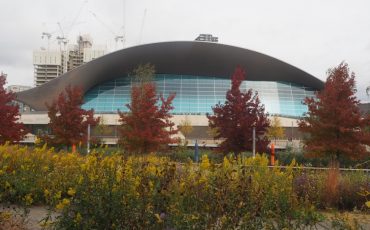
Top 10 Facts About London’s Modern & Contemporary Architecture
Of all the European capitals, London is arguably the one with the greatest architectural variety, be it residential, commercial or public buildings. What adds to the impression of an incessantly ‘creative kaleidoscope’ is the juxtaposition of old and new, of a mediaeval church next to a 21st century glass building or a Roman ruin in the middle of a 1970s Brutalist development.
Read more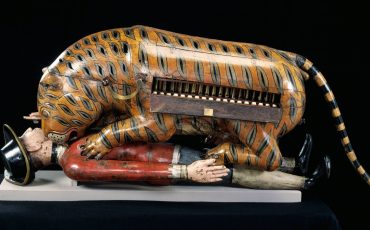
Top 10 Things To See At London's Victoria & Albert Museum
With a permanent collection of over 4.5 million objects, London's Victoria & Albert Museum is the world’s largest museum of decorative arts and design. You would need many years – maybe a lifetime - to look through this unequalled treasure trove so what better solution than hiring a Blue Badge Tourist Guide to select and explain some of the exceptional artefacts on display.
Read more


